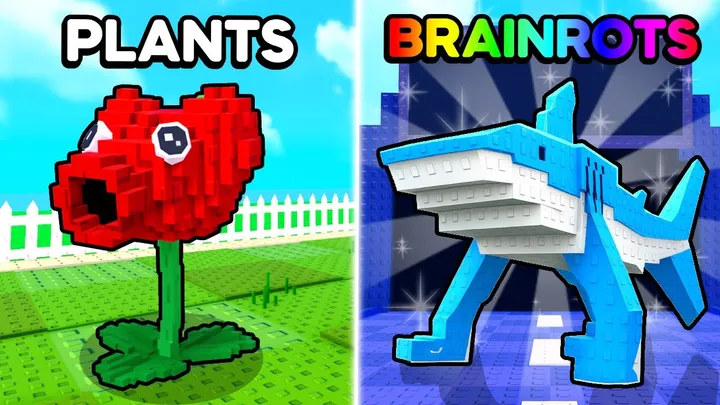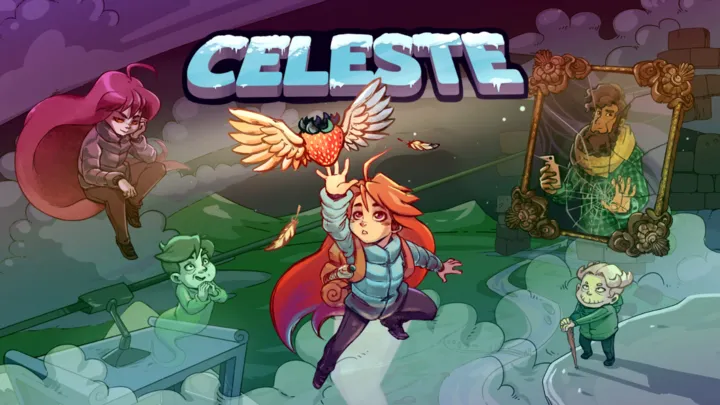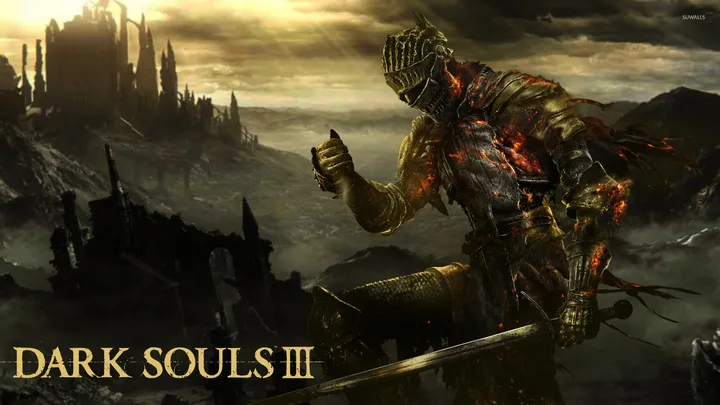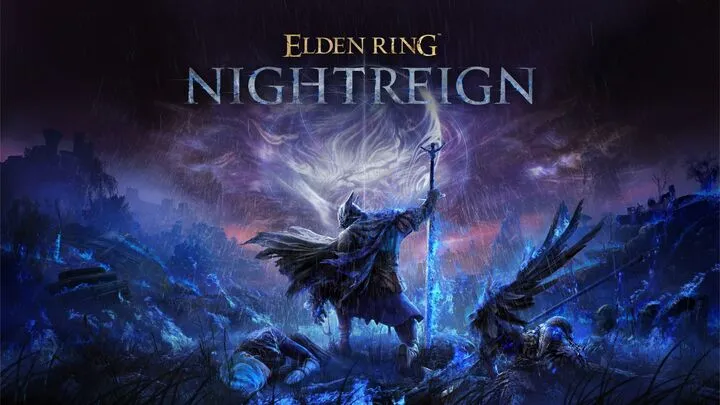How to Get Started with Lost in Play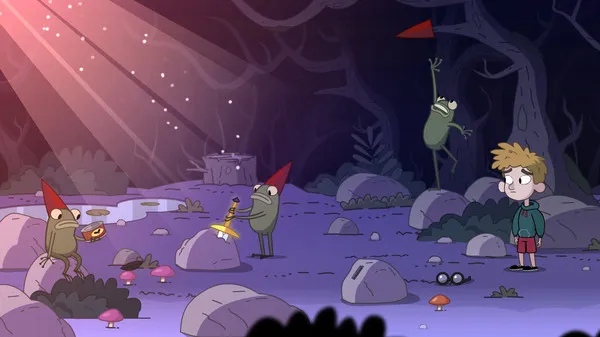
The first step in mastering Lost in Play is familiarizing yourself with its structure. Unlike traditional puzzle games, this title thrives on blending fantasy with reality, so you’ll often deal with shifting environments and surreal mechanics.
Spend some time understanding the flow of each level. The game does not rely heavily on text or instructions, so paying attention to visual cues, symbols, and the characters’ reactions is crucial. Every item, action, or strange creature you encounter is likely tied to solving the next step in your journey.
How to Understand the Story and Characters
The story revolves around siblings Toto and Gal, who embark on imaginative adventures. To fully enjoy Lost in Play, you need to pay attention to how their personalities influence the puzzles and interactions.
The characters communicate in a playful, gibberish-like language, which means you must interpret meaning through tone and gesture. Understanding these signals helps you anticipate the logic behind puzzles. The narrative isn’t just a background—it often sets the context for the challenges you face.
How to Solve Early Puzzles
Early puzzles serve as an introduction to the game’s mechanics. They range from simple item-collection tasks to quirky mini-games.
Tips for Early Puzzles
- Observe everything on-screen before making a move.
- Try combining items in different ways.
- Don’t be afraid to fail; the game encourages experimentation.
By solving these simpler challenges, you prepare yourself for the increasingly complex puzzles later on, where layers of imagination distort the rules of logic.
How to Use Visual Clues Effectively
One of the most important skills in Lost in Play is recognizing visual patterns. Since the game avoids written instructions, you must treat every animation, facial expression, or environmental change as a hint.
Examples of Visual Clues
- A character pointing or looking at something signals importance.
- Changes in background scenery often indicate progress.
- Repeated symbols may tie into a code or sequence puzzle.
By treating the game like a visual language, you’ll unlock its puzzles faster and more enjoyably.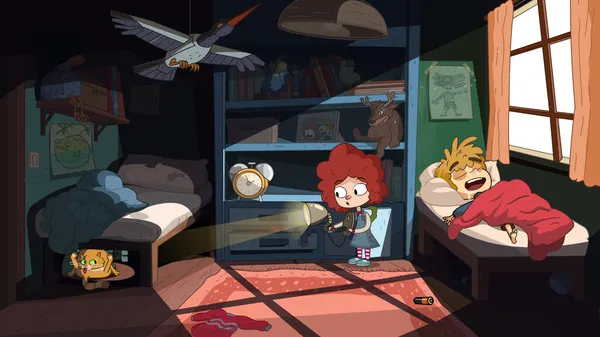
How to Approach Mini-Games
The game frequently interrupts exploration with mini-games, ranging from board-game-like mechanics to rhythm challenges.
Strategies for Success
- Take your time—mini-games rarely have strict timers.
- Focus on trial and error; you’ll often uncover the solution by experimenting.
- Remember the theme of imagination—sometimes solutions are intentionally silly.
These mini-games not only diversify gameplay but also reinforce the theme of childhood creativity.
How to Manage Complex Puzzle Chains
As you progress, puzzles become interconnected, requiring you to solve multiple steps before reaching the final goal.
1: Break Down the Chain
Instead of trying to solve everything at once, divide the puzzle into smaller tasks. Focus on completing one interaction, then see what new options it unlocks.
2: Think Beyond Logic
Many puzzles are based on whimsical reasoning. For example, an animal may need an unusual object to move aside, or a machine may require nonsense combinations. Always keep an open mind.
How to Explore Environments Thoroughly
Exploration is at the heart of Lost in Play. Every scene hides small details that can lead to progress.
Exploration Checklist
- Click on all interactive objects.
- Revisit old areas after completing puzzles—new actions may be available.
- Pay attention to background characters; they often hold clues or items.
Treat exploration as both problem-solving and storytelling, since each interaction adds to the world’s charm.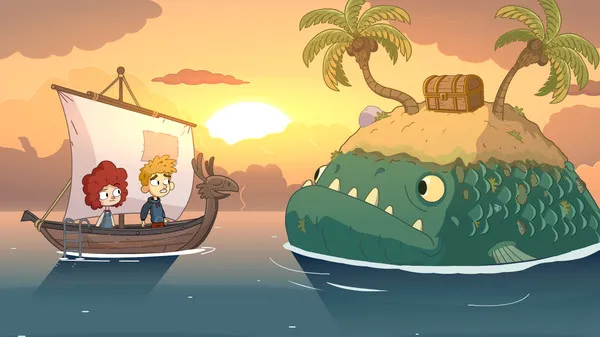
How to Handle Challenging Sections
Some puzzles in Lost in Play can feel overwhelming. If you find yourself stuck, step back and reassess.
Coping Strategies
- Walk away for a few minutes and return with fresh eyes.
- Focus on what has changed since your last solved puzzle.
- Try every available action—even silly ones. The game often rewards unconventional thinking.
This mindset keeps frustration low and ensures you enjoy the playful experience the game was designed to deliver.
How to Appreciate the Art and Atmosphere
Beyond solving puzzles, a major part of Lost in Play is soaking in its art style and music. The vibrant visuals and lively animations contribute to immersion.
Taking your time to appreciate the design can actually help you solve puzzles, as details often hide in plain sight. The atmosphere reminds you that the game is as much about enjoying creativity as it is about completing challenges.
How to Finish the Game and Reflect
Completing Lost in Play is less about speed and more about embracing the journey. Once you finish, take time to reflect on the lessons the game conveys—about childhood, imagination, and teamwork.
You’ll likely notice how much of the game relied on creative problem-solving rather than strict logic. This makes the completion feel more rewarding, as you’ve not just beaten puzzles but also engaged with a playful mindset.
Conclusion
Mastering Lost in Play is a journey through creativity, observation, and patience. By learning how to use visual cues, manage puzzles step by step, and embrace whimsical logic, you transform challenges into memorable experiences. The game rewards curiosity and imagination, making it stand out among puzzle adventures.
